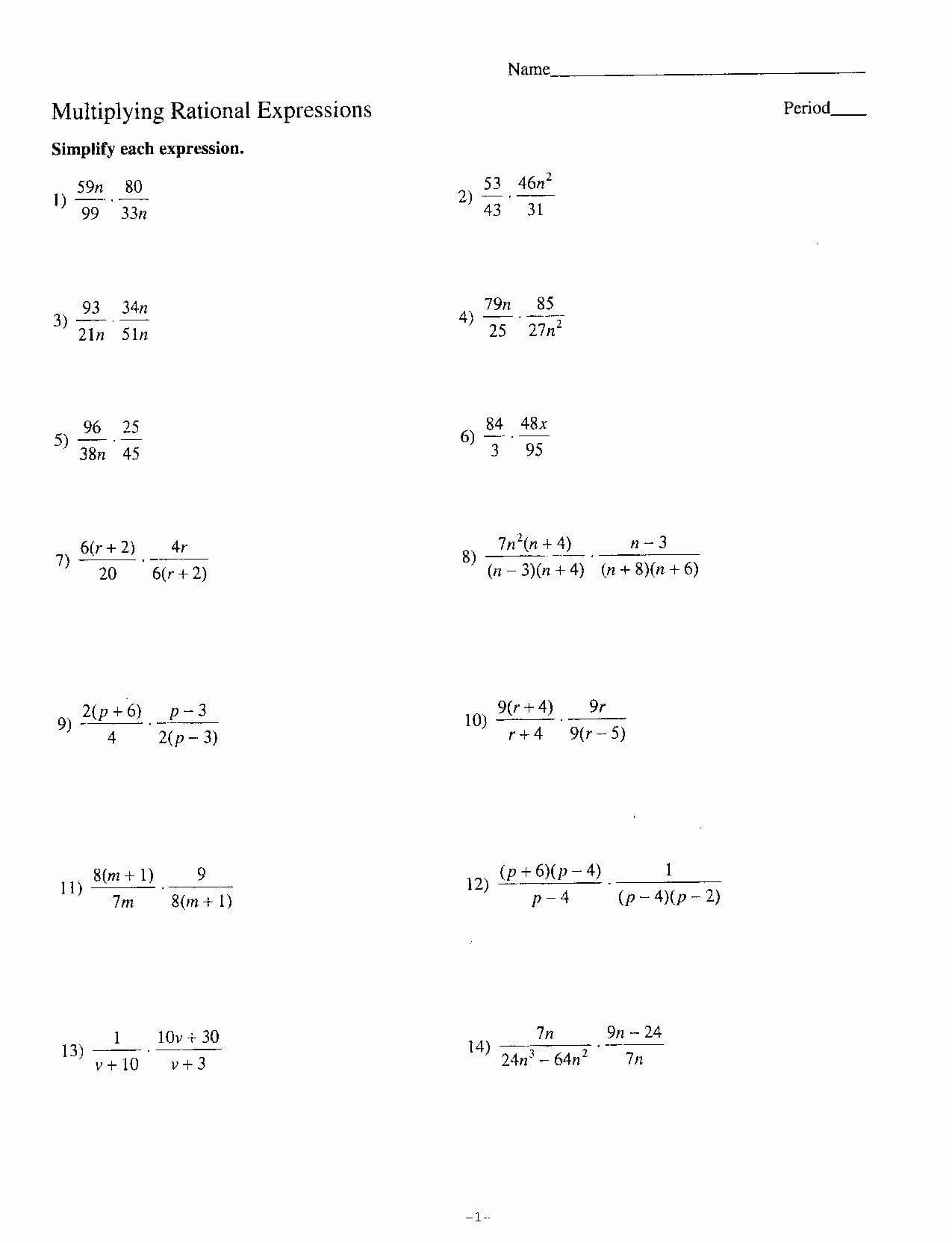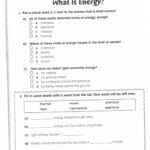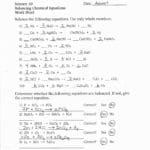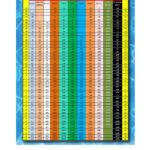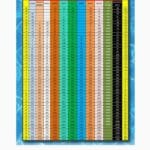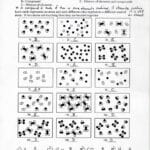Decoding Literal Equations: A Beginner’s Journey
Literal equations, those formulas packed with variables instead of numbers, might seem intimidating at first. However, they’re essential tools in various fields, representing relationships between different quantities. This guide provides a clear, step-by-step approach to understanding and solving literal equations, empowering you to manipulate formulas and unlock valuable insights. Explore your deductive reasoning skills with our inference anchor chart, a comprehensive guide to help you draw conclusions.
Solving Literal Equations: A Step-by-Step Guide
Solving literal equations is similar to solving regular equations. You’ll use inverse operations (addition/subtraction, multiplication/division) and the order of operations (PEMDAS/BODMAS). The key difference is that you’re working with variables instead of numbers, resulting in a symbolic solution.
Key Points:
- Identify the target variable: Determine the variable you need to isolate.
- Treat other variables as constants: Imagine other variables are numbers, focusing on isolating the target variable.
- Apply inverse operations: Use addition, subtraction, multiplication, and division to isolate the target variable. Perform the same operation on both sides of the equation.
- Simplify the result: Combine like terms and express the target variable in its simplest form.
Example:
Let’s solve for l in the perimeter formula: P = 2l + 2w
- Target: l
- Isolate the term with l: Subtract 2w from both sides:
P - 2w = 2l - Isolate l: Divide both sides by 2:
l = (P - 2w) / 2
Literal Equation Examples: Unveiling Familiar Formulas
Literal equations often appear as formulas in various fields. Here are some common examples:
| Equation | Description | Variables |
|---|---|---|
| A = lw | Area of a rectangle | A (area), l (length), w (width) |
| V = lwh | Volume of a rectangular prism | V (volume), l (length), w (width), h (height) |
| d = rt | Distance traveled | d (distance), r (rate), t (time) |
| I = Prt | Simple interest | I (interest), P (principal), r (rate), t (time) |
| A = (1/2)bh | Area of a triangle | A (area), b (base), h (height) |
| F = (9/5)C + 32 | Celsius to Fahrenheit conversion | F (Fahrenheit), C (Celsius) |
| C = 2πr | Circumference of a circle | C (circumference), r (radius), π (pi, a constant) |
These examples highlight the practical applications of literal equations. Scientists use them to analyze data, engineers use them to design structures, and you likely use them in everyday calculations without realizing it. For instance, calculating the amount of paint needed for a wall uses a literal equation relating area, length, and width.
Rewriting Literal Equations: A Deeper Dive
Rewriting a literal equation involves solving for a different variable within the equation, like rearranging a formula to find a specific quantity. This process uses inverse operations to isolate the desired variable.
Steps to Rewrite a Literal Equation:
- Identify the target variable: Clearly determine the variable you’re solving for.
- Treat other variables as constants: Focus on the target variable, treating others as numbers.
- Use inverse operations: Apply inverse operations strategically to isolate the target variable on one side of the equation.
- Simplify the equation: Present the rewritten equation in its simplest form.
Example:
Rewriting d = rt to solve for t:
- Target: t
- Isolate t: Divide both sides by r: t = d/r
Practice Resources: Worksheets, Videos, and More
Hone your literal equation skills with these valuable resources:
Worksheets & Practice Problems:
- Kuta Software: Printable worksheets (PDF) and customizable software.
- ChiliMath: 10 graded practice problems with answers.
- Math Worksheets 4 Kids: Printable worksheets with varying difficulty, focusing on rearranging equations and applications.
- Easy Teacher Worksheets: Printable worksheets, introductory material, practice, reviews, and quizzes.
- Metropolitan Community College: 40-problem worksheet (PDF) with examples and explanations.
- Buford 9th Grade Math Classes: 20-problem worksheet (PDF) with solutions, emphasizing solving for various variables and slope-intercept form.
Video Tutorials:
- MaeMap (YouTube): Tutorials on Kuta Software Algebra 1 – Literal Equations.
- Mathispower4u (YouTube): Tutorial on solving literal equations.
- James Elliott (YouTube): Examples of solving literal equations and formulas.
Beyond the Basics: Advanced Tips and Insights
- Real-World Connections: Understanding the purpose behind equations makes them less abstract. Consider how rearranging the distance formula (d = rt) helps calculate time or rate.
- Common Mistakes: Be mindful of signs and perform operations on both sides of the equation.
- Strategies for Complex Equations: Practice with equations involving fractions, radicals, and parentheses, applying core principles step-by-step.
- Interactive Learning: Online quizzes and solvers provide instant feedback and reinforce understanding.
Ongoing Research and Future Directions
Current research suggests visual aids and real-world examples enhance comprehension of abstract mathematical concepts. While the core principles of solving literal equations are established, ongoing research explores effective teaching approaches for different learning styles. Some experts believe incorporating interactive exercises can further enhance learning, although the most effective methods are still under investigation. This ongoing exploration makes it likely that our understanding of how best to teach and learn literal equations will continue to evolve. Mastering literal equations is crucial for understanding diverse areas of math and science, from physics and engineering to finance and chemistry. Don’t be discouraged by initial challenges; with practice, you’ll become proficient in manipulating and solving these powerful equations.
- Georgia Platform: A Southern Strategy, 1850s - March 31, 2025
- How many weeks is 40 days: Quick Conversion Guide for Accurate Results - March 31, 2025
- How many feet is 300 meters? 984 Feet: Understand Length Conversions Easily - March 31, 2025
